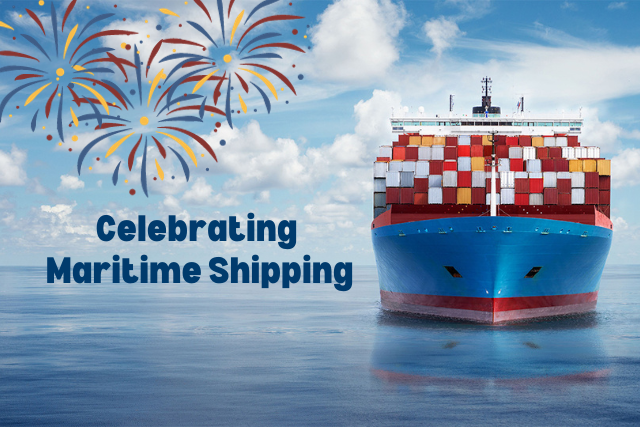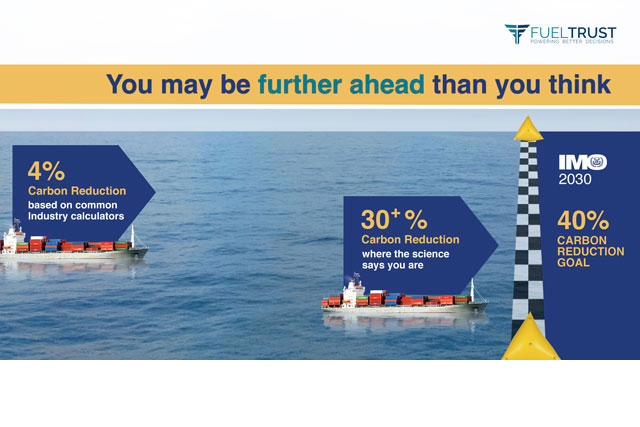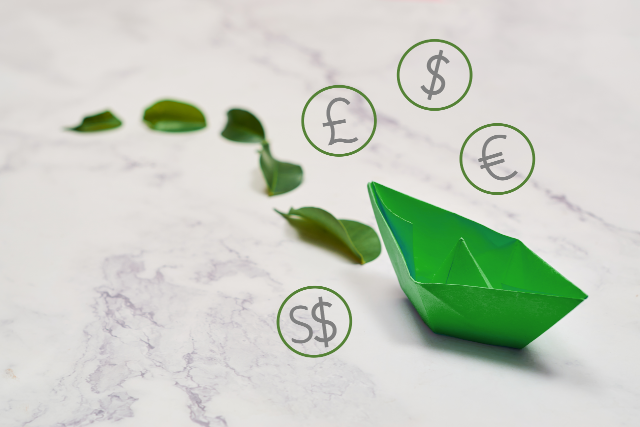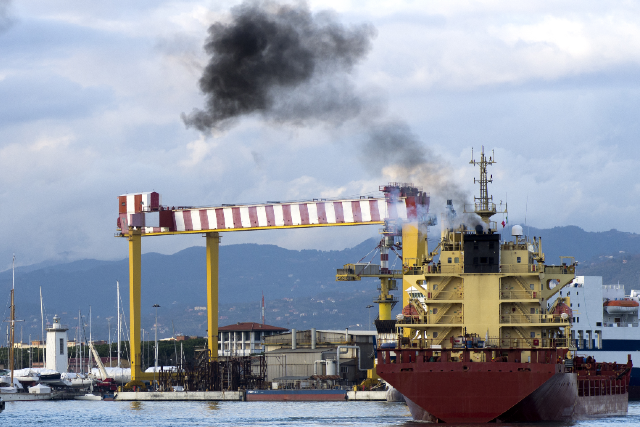Recognizing Achievements in the Industry
I had the pleasure of engaging in a discussion with representatives from a global class society regarding the significant topic of fuel consumption and its worldwide reporting. During our conversation, the discourse naturally shifted towards the vital subject of decarbonization and the ongoing transformations within the maritime market.
Let me clarify from the outset – this article isn’t about scolding or instructing you. It won’t predict the exact future of fuel types, nor will it guide you on where to allocate your investments. Instead, I’m here to commend all of you. The collective volume of maritime fuels contributes approximately one-eighth to one-tenth of the total global fuel consumption. Considering the energy required to transport goods across water, this achievement is truly commendable.
Celebrating Decarbonization Progress to Date
Waterborne shipping stands out as one of the most efficient modes of transportation in history, if not the most efficient. Yet, I won’t merely reiterate what you’re already aware of. Instead, I’d like to give three cheers to the global shipping industry for its existing efficiency and dedication to decarbonization.
Interestingly, if maritime shipping utilized just one-tenth of the fuel consumed globally (compared to the higher one-eighth), one might assume that it would produce about one-tenth of the global emissions. However, reality doesn’t align with this expectation.
Bunker fuels, typically the final liquid stage of the refining process, lead to a substance known as pet coke – a coal-like solid. Just before this stage, we encounter road tar and bunker fuels. Despite this, the emissions stemming from maritime shipping, even with these dense “bunker fuels” like Heavy Fuel Oil or Marine Gas Oil, are significantly less than half – nearly 40% – of what would be projected based on the fuel volume. In essence, maritime shipping produces remarkably fewer carbon emissions per cargo tonne per nautical mile than any other transportation mode.
Aviation, one of the largest consuming markets of fuels, is a much higher producer of emissions per metric ton, per barrel, or per liter. So, let’s celebrate global shipping for its unparalleled efficiency in transporting cargo with minimal emissions.
And now, let’s raise another cheer for the substantial progress we’ve already achieved.
Companies have adopted rigorous strategies to update their equipment within a short span. More than 20% of the global fleet has embraced emission scrubbers, equipment upgrades have accelerated in the past five years, and new ship designs and innovations have emerged. The introduction of bio-blends in fuels, along with optimizations and fuel blends, is making a tangible impact on future fuel emissions.
Regulation and the Path Towards Decarbonization
Regardless of the direction we take in the next 20 to 30 years regarding vessel, engine, and fuel supply chain designs, maritime shipping is firmly on the decarbonization path. The looming IMO 2030 and IMO 2050 goals are approaching, but all signs indicate that innovation is advancing at an accelerated pace. Recent technological and operational inventions provide opportunities for the industry to meet the goals ahead of schedule if they are widely embraced.
While response to the IMO’s latest climate plans has been mixed, recent insight from academics at UMAS has been encouraging. Their recent analysis notes that even if we consider the lowest ambition interpretation of the strategy, the average GHG intensity of ships must decrease 86% by 2040. This indicates that the International Maritime Organization (IMO) has made more progress in addressing decarbonization than many national, regional, and industry initiatives.
A regulator’s role is to define the “what” rather than the “how” of innovation. Regulations which dictate technologies or business models inadvertently hinder progress. Innovators are inherently more agile and forward-thinking than regulators, possessing deeper insights into trends and opportunities, with motivations beyond mere compliance.
Regulation spurs innovation when investment stagnates, but it doesn’t innovate itself. Taxation penalizes complacency, and this can be a positive driver, but only when de-coupled from regulated choices of solutions. True innovation, in processes, automation, and measurements, drives economic growth for those investing in organizational optimization, agile processes, and novel solutions.
Looking Ahead
Maritime shipping has historically pioneered ship design advancements to stand out in the short term. Contrarily, innovation has been slow elsewhere in the industry, often due to cultural, economic, and risk-related concerns. However, as we foster trust through reliable foundations, costs, and opportunities, the maritime industry is experiencing unprecedented changes.
These transformations, fueled by advanced software and hardware technologies, are benefitting all sectors of the industry, and driving emissions reductions beyond what we believed possible just a few years ago.
So, let’s give three resounding cheers to the remarkable progress of maritime shipping, celebrate how far we’ve come – and make sure that we can continue to build on these successes.







